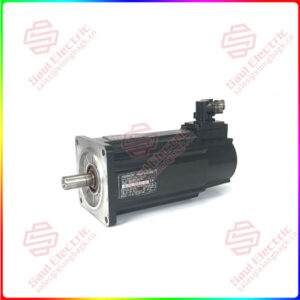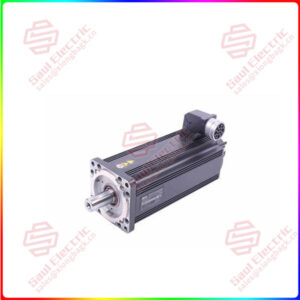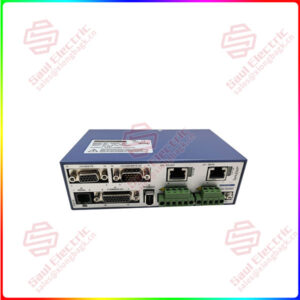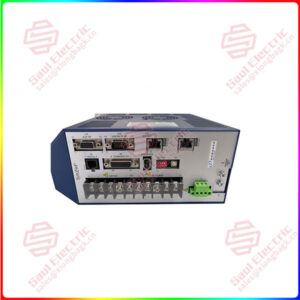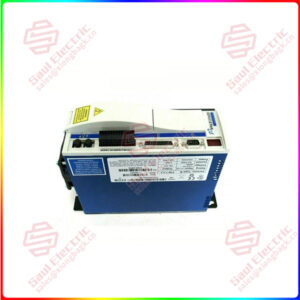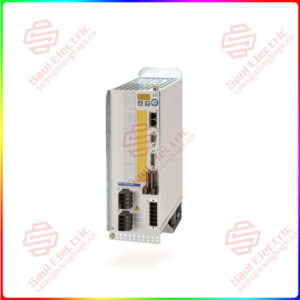Description
Overview
Essential details:VT-MVTW-1-16/D Digital closed-loop control board
Automatic control system based on feedback principle.
The so-called feedback principle is to control according to the changing information of the system output, that is,
by comparing the deviation between the system behavior (output) and the expected behavior, and eliminating the deviation to obtain the expected system performance.
In a feedback control system, there is both a forward signal path from input to output and a signal feedback path from output to input, which form a closed loop.
Therefore, feedback control system is also called closed-loop control system. Feedback control is the main form of automatic control.
Most automatic control systems are feedback control systems.
In engineering, the feedback control system which keeps the output star consistent with the expected value in operation is often called automatic regulation system,
and the feedback control system which is used to precisely follow or realize a certain process is called servo system or follower system.
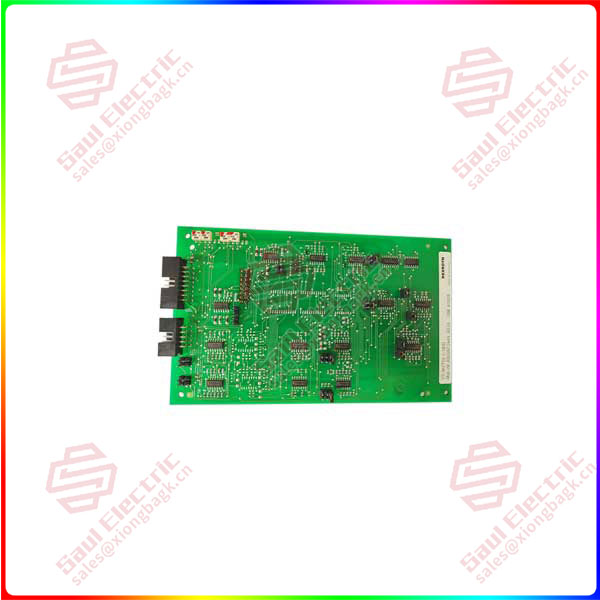
VT-MVTW-1-16/D
Sales Manager: Manager He
E-mail number: sales@saulcontrol.com
skypel wechat: +86-18059884797
Mobile phonelwechat: +86-18059884797
QQ:3095989363
The output variable is the actual furnace temperature;
The input variable is the given constant temperature, which is generally expressed by voltage.
The thermoelectric motive forcerepresenting the furnace temperature is compared with the given voltage.
The difference voltage between the two is used to drive the corresponding actuator for control after power amplification.
The components of the system are divided into the following types according to their functions in the system :
(1) Given components: The input quantity corresponding to the expected output is given.
(2) Comparison components: to find the input and feedback of the deviation,
often use integrated operational amplifier (referred to as integrated operational amplifier) to achieve.
(3) Amplification components: Because the deviation signal is generally small, not enough to drive the load, so the need for amplification components,
including voltage amplification and power amplification.
(4) Execution element: directly drive the controlled object, so that the output changes. Commonly used motor, regulating valve, hydraulic motor and so on.


 1 Year Warranty
1 Year Warranty
